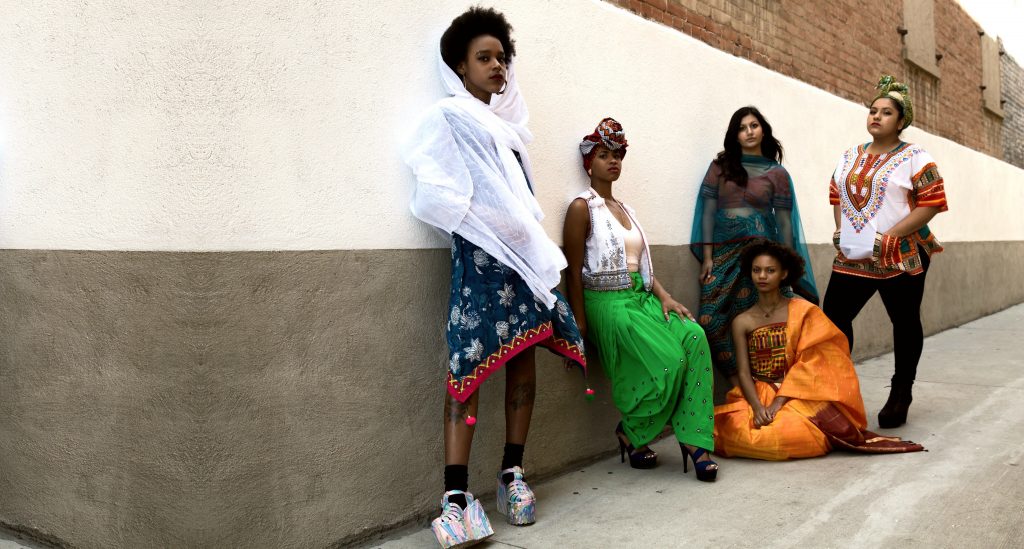
The music video ‘Cocoa & Caramel’ is inspired by a series of events that I have either experienced personally or experienced by those close to me.
When I first enrolled at university, I was shocked and surprised by the questions my peers asked me:
“Do you go to school on an elephant?”
“You must a science student, right?”
“Are you really Indian? You are quite fair.”
And, last but not the least:
“How do you speak English so well?”
Upon talking to my friends, I realized that I was not the only one to get this sort of special treatment. Many of my friends who are African-American have experienced their fair share of direct and indirect racism.
In fashion, you are not defined by your caste or color, instead by your ability to break through barriers and create your own identity. ‘Cocoa & Caramel’ is a reflection of my life in that it shows the intersection between African and Indian fashion.
I specifically drew from elements of these two diverse cultures due to some minor similarities in apparel that I noticed—the bold patterns, colors, textures, and the way garments are wrapped and worn.
For example, I feel the kameez/kurta is very similar to a dashiki.
This shoot is especially important to me because I am going against these stereotypes by using fashion. I hope the shoot showcases the bittersweet symphony of cocoa and caramel. It brings people together by breaking societal norms and barriers.
 Aishwarya Ravi is originally from Bangalore, India. She is a graduate from Chapman University in Orange County, California. She is a fashion photographer with publications in three national newspapers and has worked with prominent International models. She plans on pursuing a career in fashion and hopes to one day be the Creative Director of a global fashion house. Follow her on Tumblr to see more of her personal work.
Aishwarya Ravi is originally from Bangalore, India. She is a graduate from Chapman University in Orange County, California. She is a fashion photographer with publications in three national newspapers and has worked with prominent International models. She plans on pursuing a career in fashion and hopes to one day be the Creative Director of a global fashion house. Follow her on Tumblr to see more of her personal work.



